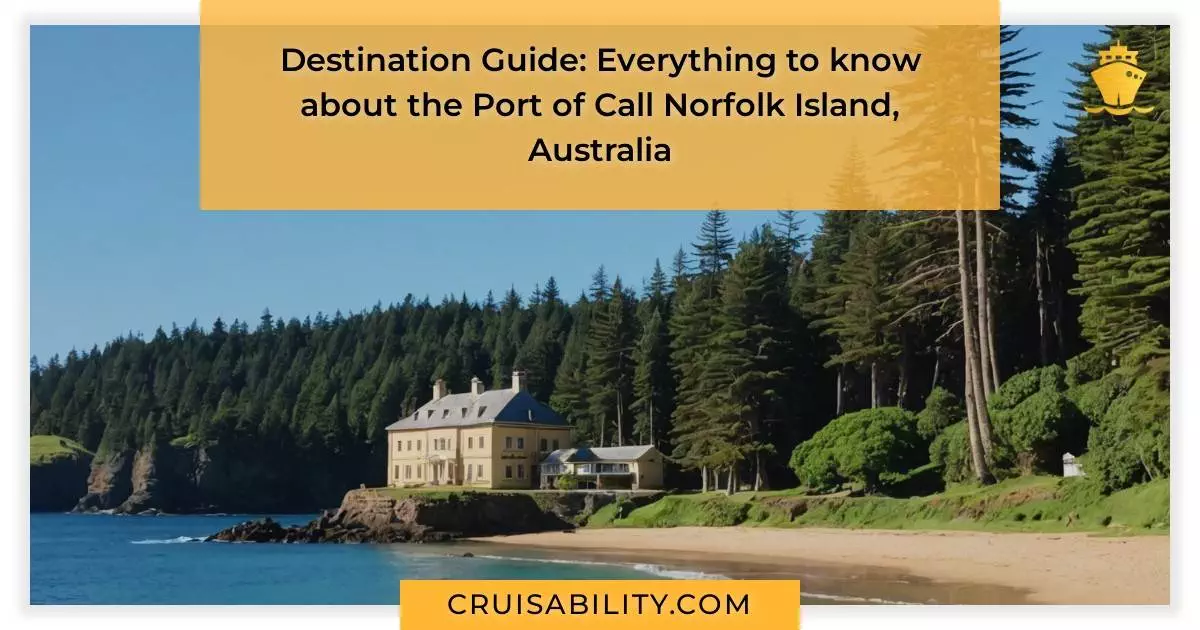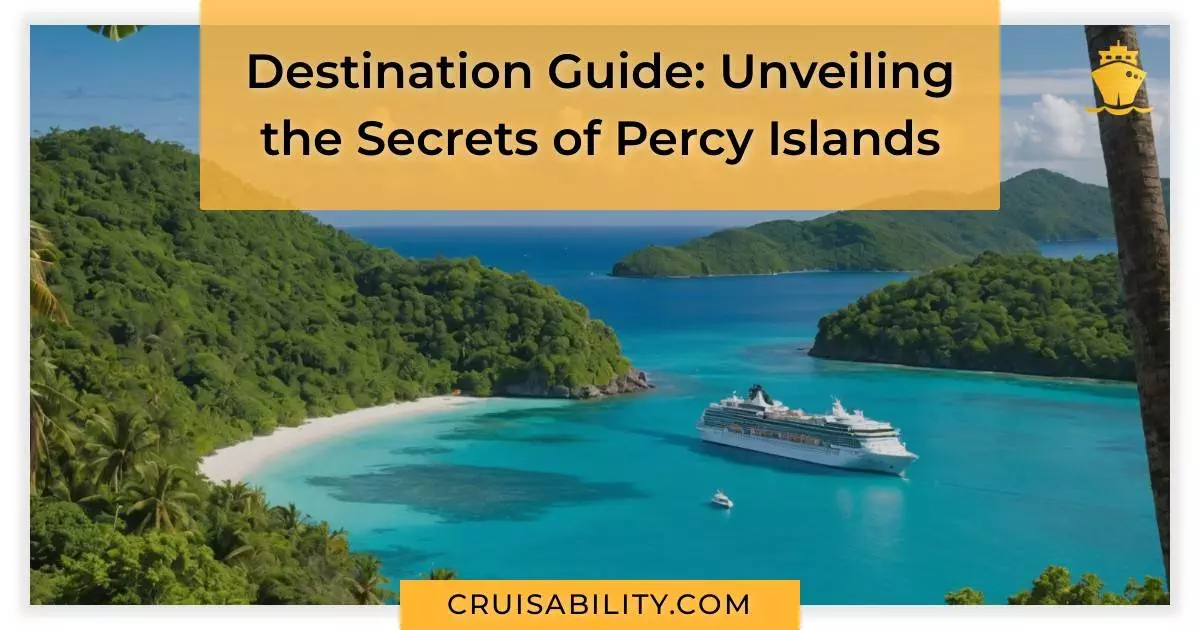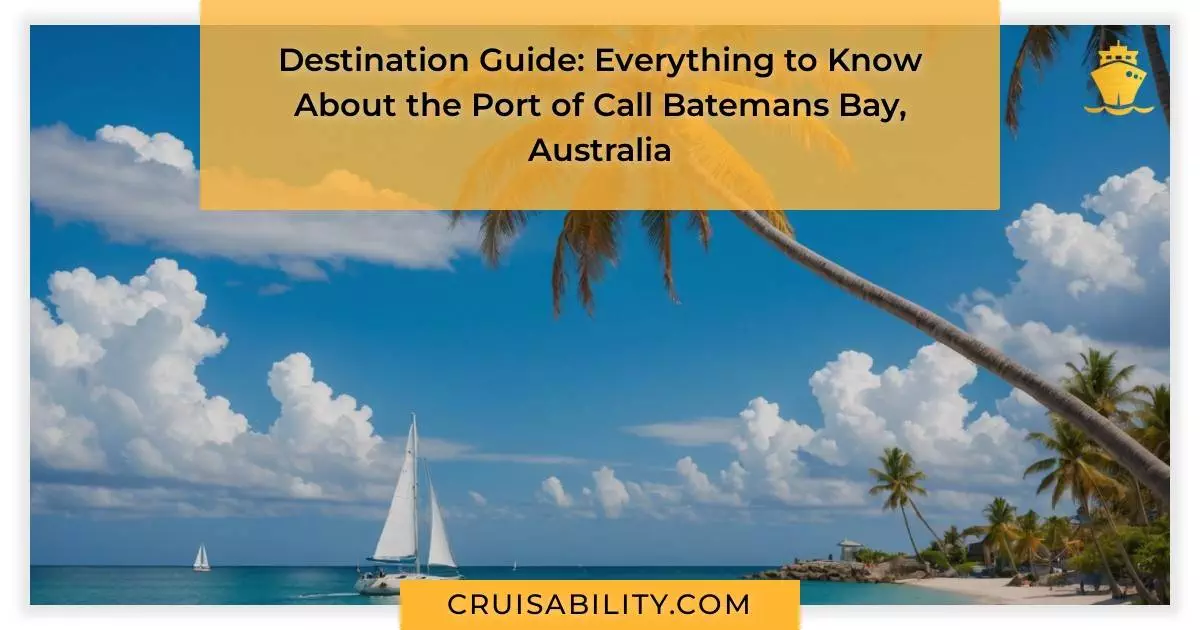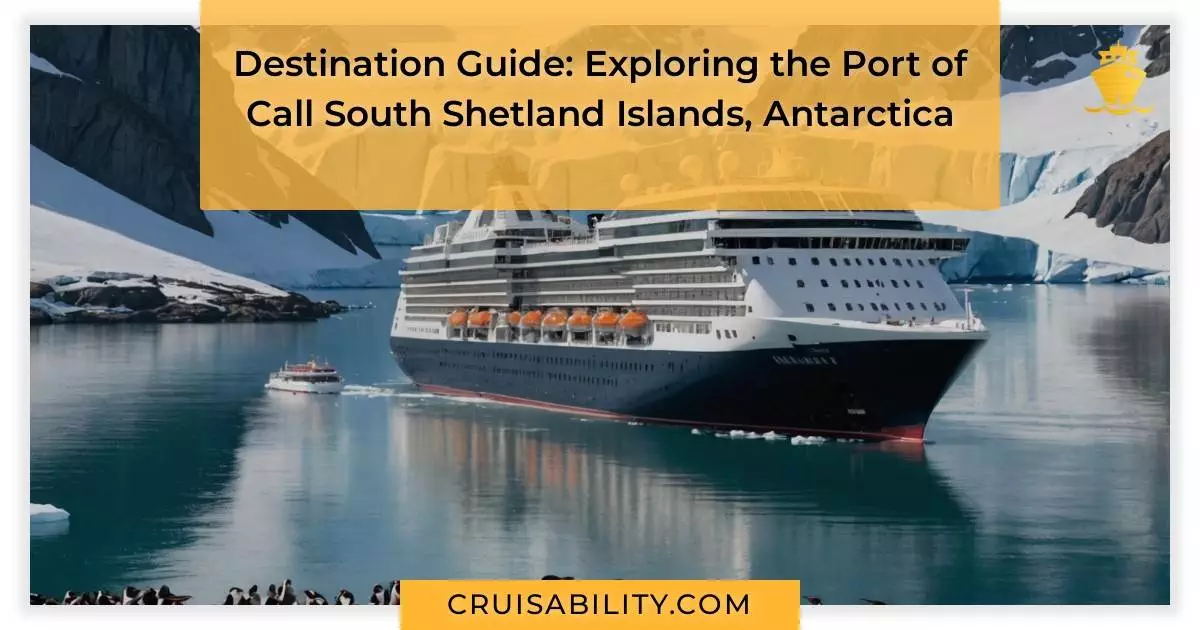When it comes to Iberian Peninsula and Mediterranean cruises, Seville is one of the rising stars in Spain. Seville is the capital of Andalusia, and its history dates back to the Roman Empire. The city’s rich culture, beautiful landmarks, and delicious cuisine make it an attractive destination for cruisers. In this destination guide, we will explore everything you need to know about the departure port Seville, Spain.
Table of Contents
History of Seville
Seville’s history is long and fascinating. The city was founded as the Roman city of Hispalis in the 8th century BC. Later, it became a Muslim stronghold during the Almohad dynasty. In the 13th century, Seville was reconquered by Christians, which marked the beginning of the city’s Golden Age. During this time, Seville was one of the wealthiest cities in Europe, thanks to its trade with the New World. Today, the city is a UNESCO World Heritage Site, and its rich history is evident in its architecture, museums, and landmarks.
Cruise Lines Departing from Seville
Seville is a popular port of call for several cruise lines, including:
- Viking Ocean Cruises
- Star Clippers
- Riviera Travel
- Crystal Cruises
- AmaWaterways
Tourist Attractions in Seville
Seville is packed with tourist attractions that cater to all interests. Here are the top 5 must-visit tourist attractions in Seville:
- The Alcázar of Seville
- Seville Cathedral and Giralda Tower
- Plaza de España
- Casa de Pilatos
- Parque de María Luisa
The Alcázar of Seville is a UNESCO World Heritage Site and a royal palace that dates back to the 14th century. The Seville Cathedral and Giralda Tower are also UNESCO World Heritage Sites and are famous for their Gothic and Renaissance architecture. Plaza de España is a stunning landmark built for the Ibero-American Exposition in 1929. Casa de Pilatos is a 16th-century palace with a mix of Mudéjar, Gothic, and Renaissance styles. Parque de María Luisa is a beautiful park with fountains, ponds, and lush greenery.
Tips for Traveling to Seville
Here are the top 5 tips for traveling to Seville:
- Wear comfortable shoes – Seville is a walkable city, and you’ll be doing a lot of walking.
- Learn some basic Spanish – While many locals speak English, knowing some Spanish will make your interactions much smoother.
- Stay hydrated – Seville is hot and dry, especially during the summer months.
- Visit during the shoulder season – Spring and fall are the best times to visit Seville, as the weather is mild, and the crowds are smaller.
- Book your tickets in advance – Many of Seville’s popular attractions require advance booking, so plan ahead.
Shopping in Seville
Seville is a great place to shop for souvenirs, fashion, and food. Some of the best shopping areas in Seville include:
- Calle Sierpes
- Triana
- El Corte Inglés
- Plaza de Armas
Calle Sierpes is a pedestrian shopping street that has been around since the Roman times. Triana is a neighborhood famous for its ceramics and flamenco-related items. El Corte Inglés is a popular department store chain in Spain, and their Seville location is one of the largest in the city. Plaza de Armas is a shopping mall that has a mix of international and local brands.
Pre-Cruise Things to Do in Seville
If you have some extra time before your cruise, here are some things you can do in Seville:
- Visit the Metropol Parasol
- Explore the Barrio Santa Cruz
- See a flamenco show
- Take a day trip to Ronda
The Metropol Parasol is a modern wooden structure that offers panoramic views of the city. The Barrio Santa Cruz is a historic neighborhood with narrow streets, colorful houses, and charming squares. Flamenco is a traditional dance and music style that originated in Andalusia, and Seville has some of the best flamenco shows in the world. Ronda is a beautiful town in the mountains of Andalusia that is famous for its bridge, gorge, and bullring.
Eateries and Restaurants in Seville
Seville is a foodie’s paradise, and its cuisine is a mix of local and international flavors. Here are the top 5 must-try dishes in Seville:
- Gazpacho – A chilled soup made with tomatoes, peppers, cucumbers, and bread.
- Salmorejo – A thicker version of gazpacho, usually served with chopped egg and ham.
- Jamón ibérico – Cured ham made from Iberian pigs, usually served with bread and tomato.
- Huevos a la flamenca – Baked eggs with tomato sauce, peppers, and chorizo.
- Churros con chocolate – Fried dough served with a thick hot chocolate sauce.
Some of the best eateries and restaurants in Seville include:
- El Rinconcillo
- Bar Estrella
- La Azotea
- Eslava
- Abantal
Best Time to Visit Seville
The best time to visit Seville is during the shoulder season, which is from March to May and from September to November. During these months, the weather is mild, and the crowds are smaller. However, if you don’t mind the heat, you can also visit Seville during the summer months, but be prepared for high temperatures and more tourists.
Things to Do near the Port in Seville
Here are the top 5 things to do near the port in Seville:
- Torre del Oro
- Triana Bridge
- Real Maestranza de Caballería de Sevilla
- Archivo General de Indias
- Plaza de Toros de la Maestranza
Torre del Oro is a 13th-century watchtower that was used to defend the city from invaders. Triana Bridge is a beautiful bridge that connects Seville’s city center with the Triana district. Real Maestranza de Caballería de Sevilla is a bullring that hosts bullfights during the season. Archivo General de Indias is a library that houses documents related to the Spanish Empire’s New World territories. Plaza de Toros de la Maestranza is another bullring that is considered one of the most beautiful in Spain.
Shore Excursions from Seville
Seville is a great starting point for several shore excursions, including:
- The Alhambra in Granada
- The Mosque-Cathedral of Córdoba
- The Doñana National Park
- The White Villages of Andalusia
- The Roman ruins of Italica
The Alhambra in Granada is a UNESCO World Heritage Site and a stunning palace complex that dates back to the 13th century. The Mosque-Cathedral of Córdoba is another UNESCO World Heritage Site and a unique blend of Islamic and Christian architecture. The Doñana National Park is a nature reserve that is home to many species of birds, mammals, and reptiles. The White Villages of Andalusia are a group of picturesque villages that are known for their whitewashed houses and stunning scenery. The Roman ruins of Italica are a well-preserved site that dates back to the 2nd century BC.
Transportation in Seville
Seville is a walkable city, and many of its attractions are located within walking distance of each other. However, if you need to take public transportation, Seville has an extensive network of buses, trams, and metro lines. Taxis are also readily available, but they can be more expensive than other forms of transportation. If you’re planning to rent a car, keep in mind that Seville’s city center has several pedestrian-only streets.
Which Port Offers a Better Departure Experience for Cruises: Seville or Bristol?
When deciding which port offers a better departure experience for cruises, it’s essential to consider the amenities and facilities available. Whether departing from Seville or Bristol, ensuring that you have a comprehensive cruise departure checklist will help to ensure a smooth and stress-free embarkation process for your upcoming cruise adventure.
Costs and Expenses in Seville
Seville is a relatively affordable city, and you can find many budget-friendly options for food, accommodation, and transportation. Here are the top 5 budget tips for traveling to Seville:
- Eat at local markets – Seville has several local markets where you can find fresh produce, meats, and seafood for a fraction of the cost of a restaurant meal.
- Stay in a hostel or guesthouse – Seville has many affordable hostels and guesthouses that offer clean rooms and friendly service.
- Walk as much as possible – Walking is free, and Seville’s historic center is a beautiful place to explore on foot.
- Use public transportation – Seville’s public transportation system is cheap and reliable, and it can save you money on taxis and rental cars.
- Avoid tourist traps – Seville has many tourist traps that charge high prices for mediocre food and souvenirs. Do your research and ask locals for recommendations to avoid these traps.
In conclusion, Seville is a beautiful departure port that offers a mix of history, culture, food, and fun. Whether you’re embarking on a Mediterranean cruise or exploring the Iberian Peninsula, Seville should be on your travel itinerary. With this destination guide, you now have everything you need to know about the departure port Seville, Spain.”





